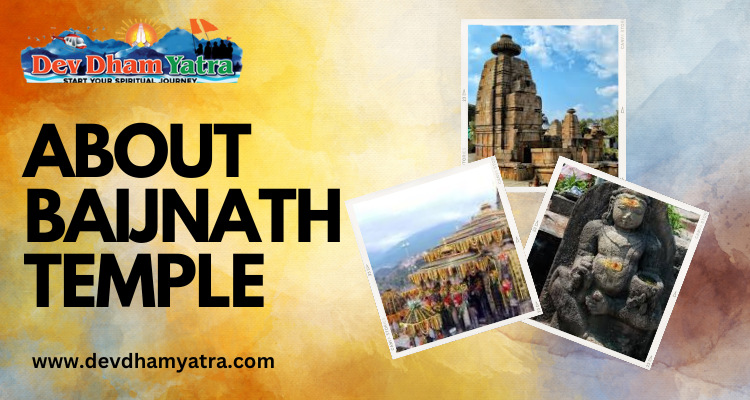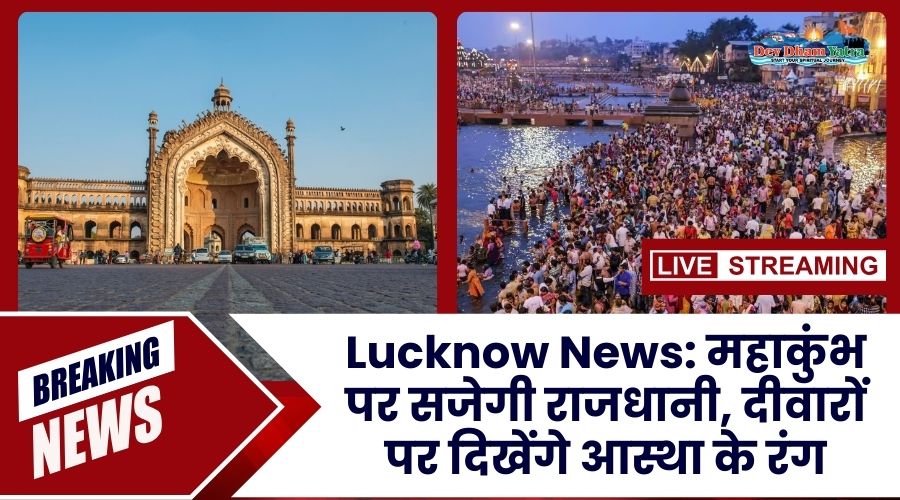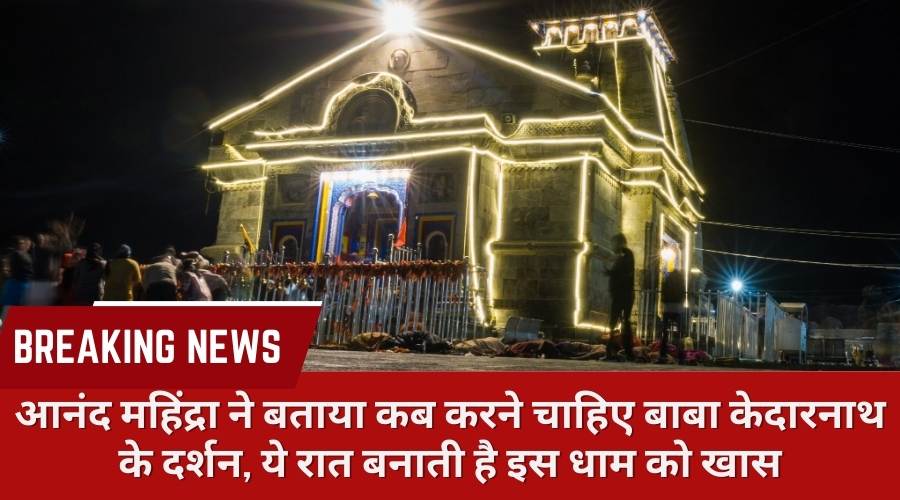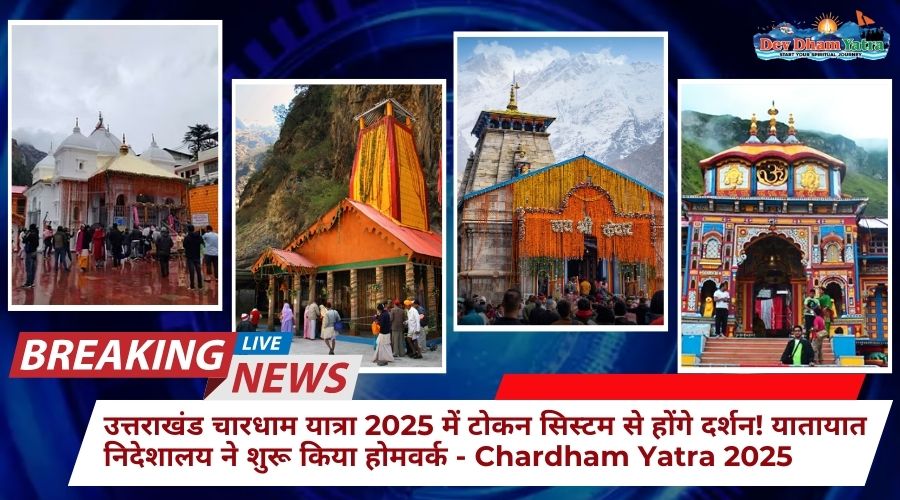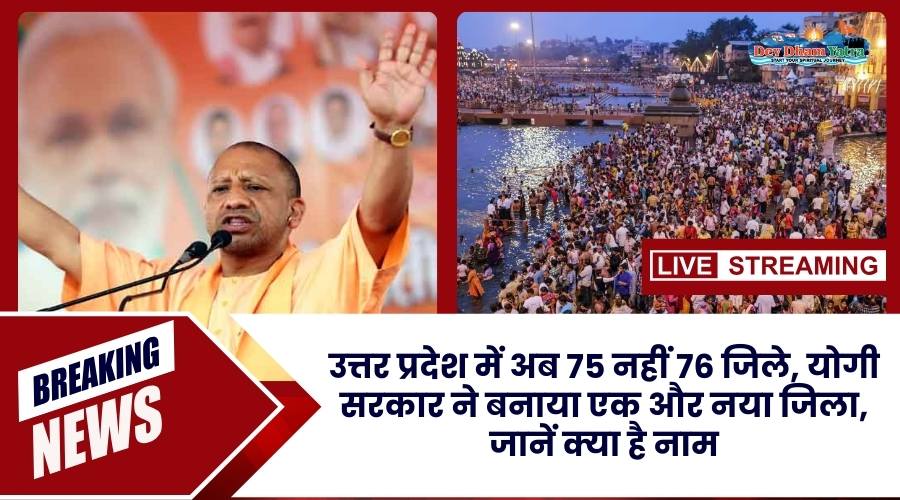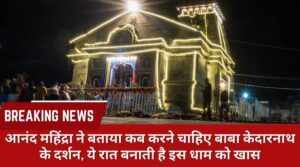Baijnath Temple – An Ancient Pilgrimage Site in Bageshwar, Uttarakhand
Located in the Indian state of Uttarakhand, Baijnath Temple is one of the oldest and most important Hindu temples. The temple is situated in Bageshwar (also known as “The Varanasi of North” or “The Land of Shiva”) district in Kumaon division of Uttarakhand. It is situated on the banks of the Gomti River and surrounded by lush green hills. This temple has a long history dating back to the 12th century. Over the years, it has been a spiritual center for millions of devotees from all over India and even abroad.
About Baijnath Temple, Uttarakhand
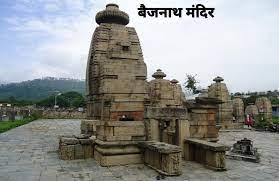
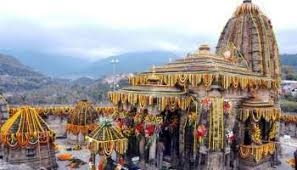
The Baijnath Temple is a Hindu temple dedicated to Lord Shiva and is located in Bageshwar, Uttarakhand, India. The temple is one of the twelve Jyotirlingas of Lord Shiva, and is also known as Baijnathdham. The temple was built in the 10th century by the Katyuri Kings, and has since been a popular pilgrimage site for Hindus. The temple complex consists of three main temples, each with its own distinct architecture. The main shrine is a three-storeyed structure with a pyramidal roof, while the other two temples are single-storeyed with flat roofs. The temples are surrounded by a spacious courtyard with a number of smaller shrines and statues.
The place is well known for its ancient temples, which have been acknowledged as Monuments of National Importance by the Archaeological Survey of India in Uttarakhand. Baijnath Temple, also known as Baijnath Dham, has been named as one of the four places to be connected by the ‘Shiva Heritage Circuit’ in Kumaon, by Government of India under the Swadesh Darshan Scheme. Baijnath is famous for its temples, trekking routes, scenic beauty, historical monuments, pilgrimage, culture, architecture, mythology, festivals celebrated here.
The Baijnath Temple is an important Hindu pilgrimage site and is visited by thousands of pilgrims every year. The temple complex is open from 6:00 am to 8:00 pm, and there is no entry fee.
Highlights:
- Lord Shiva’s divine marriage: The temple holds great significance because, according to the Hindu Mythology, near the confluence of River Gomati and Garur Ganga, Lord Shiva and Goddess Parvati were married.
- Brahmin Women built this temple: Legend goes that the temple was built by a Brahmin woman and dedicated to Lord Shiva.
- Katyuri Kings built this temple in one night: It is also believed that it was built by Katyuri Kings in just one night.
History of Baijnath temple:
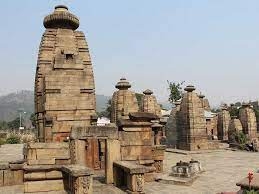

The Baijnath temple is one of the most popular and significant temples in India. It is situated in Bageshwar district of Uttarakhand state. The temple is dedicated to Lord Shiva and is a prime tourist spot for devotees and also for those who want to experience the rich culture and heritage of India.
The history of the Baijnath temple can be traced back to the 12th century when it was built by Katyuri King, Jaichand. Baijnath, earlier known as Kartikeyapura, was the seat of the Katyuri kings who governed over an area including parts of Garhwal and Kumaon (in present day Uttrakhand) and Doti (in present day Nepal).
The first definitive settlement of the area was a town named Karvirpur or Karbirpur. The demolitions of this town were used by Katyuri King Narsingh Deo to set up his capital in the area. Baijnath continued to be the capital of Katyuri Dynasty, who ruled the area from 7th-13th century AD. Baijnath then was known as Kartikeyapura. After death of Birdeo the last king, the kingdom falls into pieces in the 13th century giving rise to 8 separate princely states. Baijnath remained under the rule of Baijnath Katyurs successor of Katyuri kings, till 1565 until King Balo Kalyan Chand of Almora take over Baijnath to Kumaon.
In 1791, the Gorkhas of Nepal while spreading their kingdom westwards across Kali River, conquered Almora, the seat and other parts of Kumaon. In 1814, the East India Company defeated the Gorkhas in Anglo-Nepalese War and were forced to give Kumaon to the Britishers as part of the ‘Treaty of Sugauli’.
The temple has undergone many renovations over the years but has managed to retain its originality. The most recent renovation was done in the year 2016.
The Baijnath temple is a perfect example of North Indian architecture with its grandeur structure and intricate carvings. The main attraction of the temple is its huge shivalingam which is 6 feet tall and 4 feet wide. There are also many other shrines and statues inside the temple complex which makes it a must visit place for all tourists visiting Uttarakhand.
Mythology and Culture:
The Baijnath Temple is dedicated to the Hindu god Shiva and is one of the twelve Jyotirlinga temples. It is located in the town of Bageshwar in the state of Uttarakhand, India. The temple was built in the 12th century by the Katyuri king. The temple is a popular pilgrimage site for Hindus and is also known for its association with the Mahabharata epic.
The Baijnath Temple is situated at an elevation of 1,220 meters (4,003 feet) above sea level. The temple complex covers an area of about 20 hectares (49 acres). The main shrine of the temple is a four-storeyed structure with a pyramidal roof. The shrine is flanked by two smaller shrines which are dedicated to the goddesses Parvati and Ganga. There are also a number of other temples and shrines within the complex including those dedicated to Hanuman, Vishnu, and Surya.
The temple holds importance because, according to Hindu mythology, near the confluence of River Gomati and Garur Ganga, Lord Shiva and Goddess Parvati were married.
The temple complex also houses a number of statues and sculptures. One of the most notable features of the complex is the Nandi Bull statue which stands at a height of 2.5 meters (8 feet). The statue is made out of black granite and has been carved in great detail. The temple also houses beautiful idol of Goddess Parvati which is engraved in black stone. The temple is approached from the riverside by escalier made of stones.
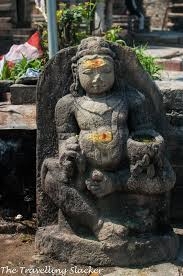
Enrouting to the main temple, just below the house of the Mahanta, is the temple of Bamani. The temple was constructed by a Brahmin woman, which is dedicated to Lord Shiva. It is believed that the temple was built by Katyuri Kings in one night.
The Baijnath Temple is considered to be one of the most important Hindu pilgrimage sites in Uttarakhand.
Best Time to Visit Baijnath Temple:
One can visit the temple throughout the year. But, the best time to visit Baijnath is between the months of September to May. During summers, from March to May, the temperature ranges between 25 degree Celsius and 11 degree Celsius. In winters, from November to January, the temperature ranges between 15 degree Celsius to 2 degree Celsius. Avoid travelling in rainy season, as there are chances of landslides.
Things which can be done around Baijnath Temple:
- Feeding the fish is a must here as it is highly recommended to the visitors by the natives.
- Shopping in the markets especially in Kausani as it offers a wide variety of winter clothes.
- Bir is a place nearby for trekking which can be a must try thing for adventure lovers.
Places not to Miss:
- Rudrahari Falls and Caves: It is a beautiful place located at a distance of 8.6km from Baijnath Temple. The place is surrounded by lush green fields and ancient caves. Near the fall, there is a Rudrahari Temple which is dedicated to Lord Shiva.
- Kot Brahmari Temple: Kot Brahmari temple is situated at the top of the hill. It is popular for the stay of Adi Guru Shankaracharya during his journey to Badrinath.
- Mahamrityunjay Temple: Dedicated to Lord Shiva, this temple is 8.4km away from Baijnath Temple. This place is also known as Jageshwar Dham.
- Anashakti Ashram: Anashakti ashram, also known as Gandhi Ashram is one such peaceful place located at a distance of 7.2km from Baijnath temple. Gandhiji wrote the preface of his book ‘Anashakti Yoga- The Gospel of Selfless Action’ here.
- Bagnath Temple: This 14th-century ancient temple is dedicated to Lord Shiva, which is located at the confluence of the Gomti and Sarayu rivers. Shivratri and Makar Sankranti are celebrated here with great zeal and joy.
- Chandika Temple: The Chandika temple is dedicated to Goddess Chandika. It draws a large crowd, especially during Navratri. It is just half-kilometer away from Bageshwar.
- Gauri Udiyar: This holy site is located 8 kilometers away from Bageshwar. It has a large cave which houses a collection of Lord Shiva idols as a major tourist attraction.
- Pindari Glacier Trek: The Pindari Glacier, liked among trekkers all over the world, is located in Pindari Valley, at an elevation of 3660 m to the southeast of the Nanda Devi and Nanda Kot mountains. The trek to this point starts in Song, which is 36 kilometers from Bageshwar. After reaching Song, it is a 45 km hike to the Pindari Glacier.
- Sunderdhunga Glacier: Sunderdhunga Glacier is located upstream of Sunderdhunga Valley, which is well known as the ‘Valley of Beautiful Stones’ and nearby to the Pindari and Kafni Glaciers. The trek to Sunderdhunga Glacier is challenging than those to Kafni and Pindari.
Places to stay in Baijnath:
When it comes to stays, one can opt these accomodations;
- Wellness center & Bhramari Home Stay:
Address: Baijnath mate, Uttarakhand 263635
- KMVN Tourist Rest House Baijnath:
Address: WJ58+HR2, Almora-Bageshwar-Karanprayag Rd, Near, Baijnath, Uttarakhand 263641
- Hotel Baijnath Lake View:
Address: Near TRH Bajnath, Garur – Bageshwar Rd, Baijnath, Uttarakhand 263641
- SPOT ON 50001 Hotel Baijnath Lake View:
Address: Almora-Bageshwar-Karanprayag Rd, Baijnath, Uttarakhand 263641
- OYO 60507 Hotel Vishwanath:
Address: na Baijnath, Garur – Bageshwar Rd, Kausani, Uttarakhand 263641
- Jeevan Guest House:
Address-Village Sunargao, Kanda Dist. Bageshwar, Uttarakhand
- Rajdoot Hotel:
Address: Station Road Bageshwar, Uttarakhand
- United-21 Nanda Devi Mountains:
Address: Village Bigul, Munsyari Road, Bageshwar, Uttarakhand 263640, Uttarakhand
- Siddharth Hotel:
Address: Bhauli, Bageshwar, SH-11, Bageshwar Road, Bageshwar, Bageshwar, Uttarakhand 263669, Uttarakhand
- Narendra Palace Hotel:
Address: Pindari Glacier Road Kailkhuria, Kathayat Bara Bageshwar, Uttarakhand
- Camp Shaama:
Address: D-29, Freedom Fighter enclave, Ignou Road, NebSarai,Ignou Road, NebSaraiBageshwar , Uttarakhand
How to Reach Baijnath:
Baijnath is located in the Kumaon region of the Uttarakhand just 300kms from Dehradun, 17 kms from Kausani, 26 kms from Bageshwar, 132 kms from Nainital, 70 kms from Almora, 76kms from Ranikhet and 454 kms from the National Capital of India, Delhi. The place is well-connected with all the three means of transportation. Although, roadways are the best way to reach Baijnath.
BY AIR
The nearest airport from the town is the Pantnagar Airport which is 189 km away. After reaching the airport, one can pick up taxis to reach Baijnath.
BY RAIL
The nearest railway station is located at a distance of 160 km, which is Kathgodam Railway Station. Buses and taxi services are easily available from railway station to the Baijnath.
BY ROAD
The road network is the best and most economical option to travel to the place. Once can either drive straightaway to Bageshwar and then Baijnath. The town is also linked through interstate buses services from Delhi to Bageshwar. From Bageshwar, one can take a local bus/cab to the town.
Travel Tips:
- Best time to visit the temple is between the months- September to May.
- If one is visiting the temple during summers, carry light cotton clothes as temperature remains normal.
- If one is visiting the temple in winters, carry heavy woollen & warm clothes, proper shoes as the temperature is quite cold here.
- Avoid visiting here in rainy season due to heavy rainfall and landslides.
Frequently asked Questions
Q. What are the famous places in Bageshwar?
A. The popular places you can visit are- Baijnath Temple, Baghnath Temple, Kot Brahmari Temple, Chandika Temple.
Q. Where can I stay in Bageshwar?
A. There are many affordable hotels available here and in nearby region with a comfortable stay.
Q. What is the timing to visit the temple?
A. The temple opens at 6.00 A.M. and closes at 8.00 P.M.
Q. Who built the Baijnath temple?
A. Historians believed that the Katyuri Kings of Kumaon built the temple. Some people say that a Brahmin woman constructed it and dedicated it to Lord Shiva.
Q. What is the best time to visit the temple?
A. September to May is the best time to visit the temple.

